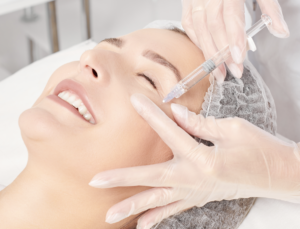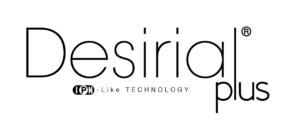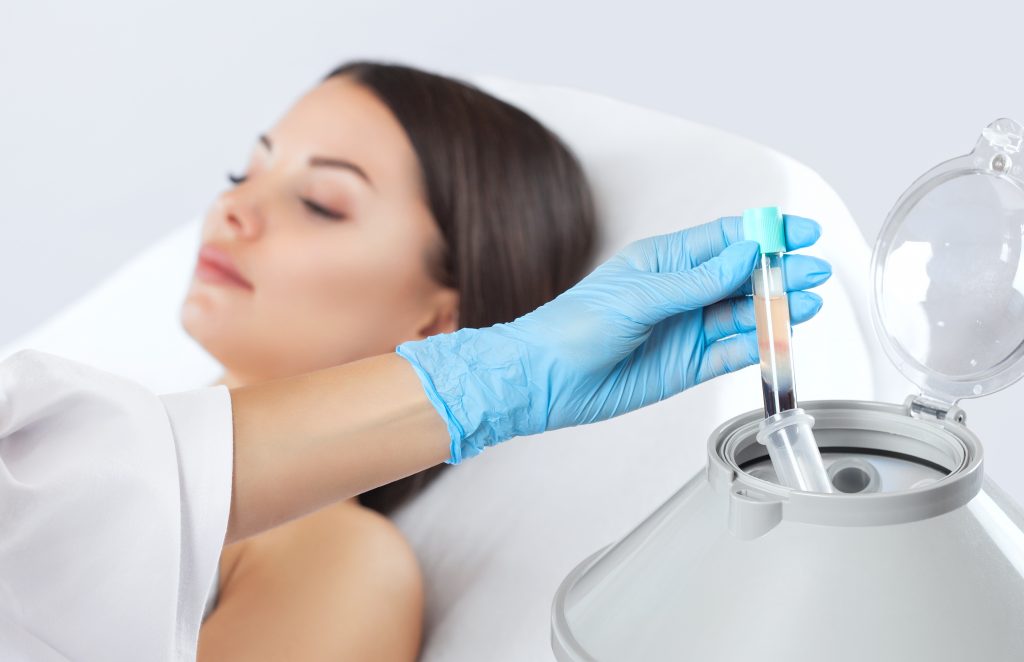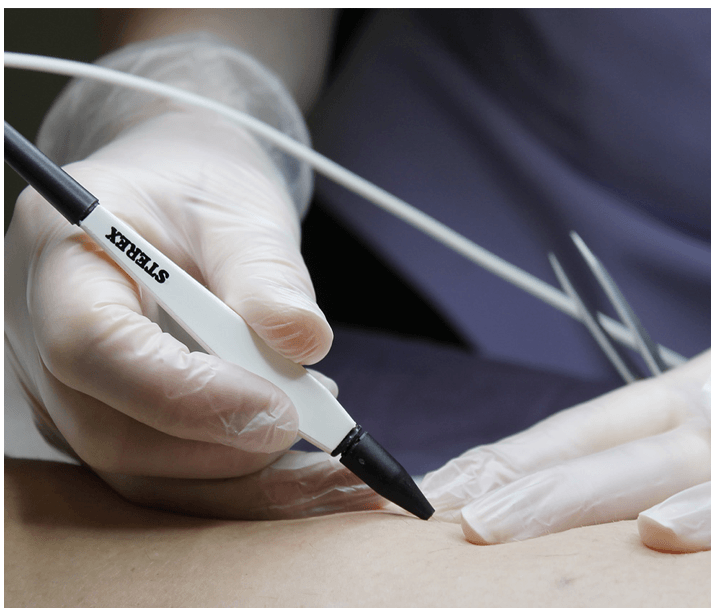Dr Teri Johnson discusses her experience with injectable collagen-stimulating treatments at Cheshire Lasers Clinic Middlewich. She shares the available options for collagen-stimulating injections, their mechanisms of action, and what to expect from treatment.
What Makes Injectable Collagen Stimulators Special?
As we age, the natural production of collagen decreases, leading to wrinkles and loose, unforgiving skin formation. We also lose bone and fat in our face, which results in loss of volume and sagging. Collagen simulators can address many of these changes, delivering some fantastic results.
I fell in love with injectable collagen-stimulating treatments in 2008 when using Sculptra. This soon became my favourite treatment because of the way it stimulates our natural collagen production. Sculptra is fantastic. It can create volume like a dermal filler and also improves skin quality. Within a few weeks of treatment, you can often see an improvement in the skin’s elasticity, hydration, firmness, and texture. A few months down the line, the results are even better.
Some collagen stimulators are only suitable for treating certain areas, whereas others are more flexible and can produce collagen wherever you inject them.
Depending on where you inject a Collagen stimulator, the effect is that if used deep, they replace volume and reposition tissues, but if placed in the skin, they improve skin quality.
Types of Injectable Collagen Stimulating Treatments:
Poly-L-lactic Acid (PLLA)
Poly-L-lactic Acid (e.g., Sculptra): is a biocompatible synthetic polymer that stimulates collagen production when injected into the skin. Sculptra is a popular PLLA filler that gradually improves skin texture and volume over multiple treatment sessions. Sculptra 150mg PLLA has been available the longest since 2004 but has been available since 2000 under the name of New-Fill. It is known for its natural, gradual results, lasting over two years. In 2021, Lanluma was launched in the UK. It also contains PLLA. There are two types: Lanluma V: 210 mg for the face, which is like Sculptra, and Lanluma X: 630 mg I for treating large body areas.
PLLA is injected in a suspension. After treatment, the skin looks plumped up for a day or two but quickly returns to normal over a few days.
The results are visible from six weeks and continue to develop over many months.
The results usually last over two years; improvements have been seen in some people with Sculptra up to five years later.
Calcium Hydroxylapatite (CaHA)
Calcium Hydroxylapatite (CaHA) Fillers (e.g., Radiesse): CaHA stimulates collagen production over time. Radiesse is made up of synthetic Calcium Hydroxylapatite (CaHA) microspheres (30%) suspended in a gel carrier (70%). The carrier gel is an aqueous gel that contains sodium carboxymethyl cellulose (CMC), glycerin and high-purity water. Radieese is a flexible product that can create Volume when used deep in the tissues and can improve the skin when injected under the skin. Radiesse is sometimes used off-label in a diluted or hyper-diluted solution to treat and improve skin laxity.
The gel gives an immediate short-term filling effect; over a few months, the gel slowly degrades collagen takes its place.
The results can last up to 24 months.
Polycaprolactone (PCL)
Polycaprolactone (PCL) Fillers (e.g., Ellansé): PCL is a bioresorbable polymer that promotes collagen synthesis and provides long-lasting results. Ellansé is a PCL filler available in different formulations, offering immediate volumisation and gradual collagen stimulation. Ellansé contains PolyCaproLactone (PCL) microspheres suspended in a carrier gel. The carrier gel consists of carboxymethyl cellulose (CMC) made from non-animal, human or bacterial sources. It has a license for treating volume loss and age-related wrinkles.
The gel gives an immediate short-term filling effect; over a few months, the gel slowly degrades, and collagen takes its place.
The results can last 18 to over 30 months.
Platelet-Rich Plasma (PRP) Therapy:
Platelet-rich plasma (PRP) Therapy, also known as Dracula Therapy, involves extracting a small amount of the patient’s blood, processing it to concentrate platelets and growth factors, and then injecting it back into the skin. PRP stimulates collagen production and promotes tissue regeneration, improving skin texture and tone.
This treatment is popular as it is natural, and no artificial products are used. After treatment, the skin is slightly swollen but returns to normal after a few days. The results from this treatment are fantastic for improving skin but can be subtle as the platelets do not stay in the skin as long as the other products. It is, therefore, not as good for creating volume unless you have a lot of treatments.
The results can last 6 to 12 months.
Profhilo
Profhilo contains high concentrations of hyaluronic acid (HA), a naturally occurring substance in the body that helps maintain skin hydration and elasticity. When injected into the skin, Profhilo spreads evenly and stimulates the production of new collagen and elastin fibres through a process known as “remodelling.” This results in improved skin hydration, firmness, and overall rejuvenation. The product remains in the skin for about a month before fully breaking down, leaving behind your natural collagen.
Profhilo only improves the collagen within the skin. It has no effect on collagen production deep under the skin and has no filling / volumising effect.
The results can last 6 to 12 months.
Polynucleotides
Nucleofill, Plenhyage, and Plinest are all polynucleotide treatments that regenerate the skin by stimulating collagen and elastin growth. They also improve signs of ageing, reduce laxity and dehydration, as well as improve scars and some pigmentation. The body breaks down the polynucleotides quickly, but the cascade of collagen production can remain for some time after treatment. Polynucleotides appeal to people some people as the particles don’t hang around in your body for months like many of the other collagen stimulators available.
Polynucleotides are excellent for improving skin quality but are not recommended for filling or volumising.
The results can last 6 to 12 months.
HarmonyCa Hybrid Dermal Filler and Collagen Stimulator
HarmonyCa is a two in one treatment combining a hyaluronic acid dermal filler and CaHa collagen stimulator. This treatment provides an immediate filing effect which lasts 6 to 18 months similar to other hyaluronic acid fillers combined with the long lasting collagen stimulating effect of CaHa found in Radiesse.
The results can last for 24 months.
Benefits of Injectable Collagen Stimulating Treatments:
- Stimulate Natural Collagen Production
- They target the root cause of skin ageing by promoting the body’s collagen synthesis.
- Long-lasting Results: Injectable collagen stimulators gradually improve skin texture, volume, and elasticity.
- The treatments are injectable and have minimal downtime.
- Most treatments can address many concerns, including wrinkles, volume loss, and skin laxity.
Considerations and Safety:
Side Effects
While generally safe, injectable collagen stimulating treatments may cause temporary swelling, redness, bruising, or discomfort at the injection site.
Irreversibility
Some injectable collagen stimulators remain in the tissues for many months. If you have a side effect or reaction you can not dissolve the product.
This is the case for PLLA, CaHA and PLL the are the three products which are the best for creating volume. Lumps and bumps can develop after these three treatments if you do not massage the area for up to a week after treatment to prevent them. There is also a rare risk of delayed lumps and bumps occurring if the body immunity react to them at any time while the particles are still there.
Fortunately PRP, Profhilo and Polynucleotides are not prone to these issues.
Results are Variable
Different people create different amounts of collagen. Results for the collagen stimulators vary with some people creating a lot more collagen than others. Without trying the treatment it is difficult to predict how good a response you will get. Also some people respond to one treatment better than another.
Maintenance
Depending on the treatment, you will usually need multiple treatments to achieve optimal results, and periodic maintenance treatments if you want to sustain the benefits.
Conclusion:
Injectable collagen stimulating treatments offer an effective and minimally invasive approach to rejuvenating the skin and restoring a youthful appearance. By stimulating the body’s natural collagen production process, these treatments provide long-lasting improvements in skin texture, volume, and elasticity.
Whether you’re seeking to address wrinkles, volume loss, or skin laxity, consult with a qualified provider to explore the options available and embark on your journey to revitalized skin.
Interested in book an Injectable Collagen Stimulating Treatment?
Cheshire Lasers recommends you book a consultation so we can discuss the injectable collagen stimulators in more detail. We can discuss you concerns and what you hope to achieve from your treatment to help decide which treatment meets your needs.
Who performs these Treatments?
The following Doctors and Nurses Perform these injectable collagen stimulating treatments at Cheshire Lasers:
Dr Teri Johnson:
Sculptra, Radiesse, Harmonyca, Ellanse, Polynucleotides and Profhilo
Dr Drinnan
Harmonyca, Polynucleotides and Profhilo
Aesthetic Nurse Moira
Platelet -rich plasma (PRP) Therapy, Polynucleotides and Profhilo
Dr Hazlehurst






